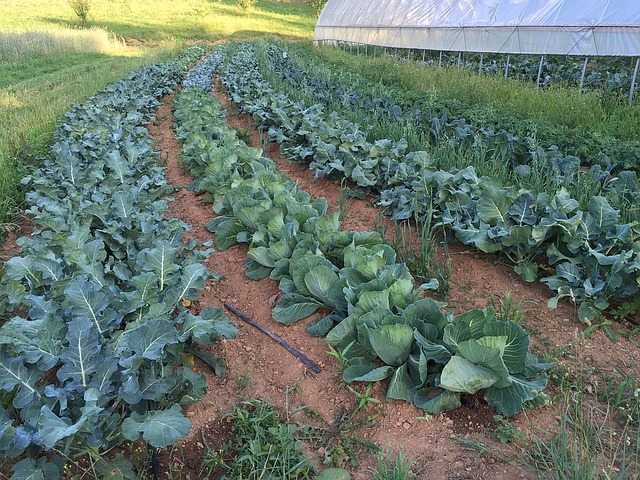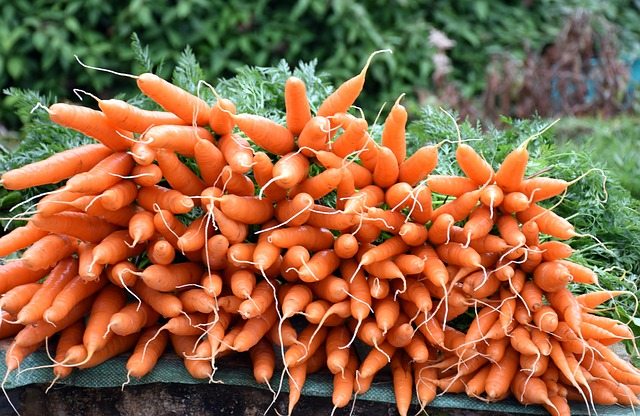Why grow your own food?
Many people—people from many different backgrounds and locales—are starting to ask that very question. And, after all, it is a good one. When grocery stores surround us and nearly every food delicacy imaginable is just within arm’s reach, why bother growing your own food? Is growing food yourself really worth it today?
Trust me, it’s worth it.
When you grow your own food, you’re eating healthier and avoiding toxins like pesticide residues on conventional produce and dangerous genetically engineered foods like corn, soy, and sugar beets.
When you grow your own food, you beat rising food prices in a world where, despite the government numbers, food inflation is very possibly in double-digits.
When you grow your own food, you’re being productive as a family, working together to produce something from the ground.
When you grow your own food, you’re utilizing the resources you have, saving money, insulating yourself from disruptions in the modern food supply system, building a healthier, more productive family, and ultimately changing the world.
Today, we’re starting a new series on How to Grow More Food yourself. In this post, we will examine three ways for you to grow food yourself, starting today.

Image from Pixabay via venture_out
Grow More Food by Planning Your Garden
When you’re first planning a garden, there are many things you should take into account.
First, before you actually plan a garden, know your frost dates and lead times. These will help inform your planting schedules. Planting too late or too early isn’t good planning. For example, knowing your growing season will help you use season extension techniques like transplanting and frost protection wisely.
Second, while you’re actually building a garden plot, determine your garden size, layout, and plant varieties. Will you use rows? The Square Foot Gardening method? Will you use containers? Determine your total available square footage and maximize your planting area. Also, pay attention to your layout in relation to the sunlight, and plant things you will eat, preferably using heirloom seeds.
How to Determine Your Garden Space Available
Watch this clip from “Garden Planning to Feed Your Family” to learn how:
Grow More Food by Understanding Soil
Our production success boils down to soil health.
Soil itself is made from organic matter, minerals, water, air, and living things, and works in layers:
- Topsoil
- Subsoil
- Bedrock
Microorganisms function within this strata, some needing oxygen and some not needing oxygen. Normally, when you have poor soil, you’re missing organic matter and microorganisms. Thankfully, compost provides the missing ingredients.
Soil 101
Watch Noah Sanders as he gives us a quick overview of soil.
Compost
Compost makes soil better and better. Over time, you use less and less compost to produce the same amount of food, or you use more compost and produce much more food!
Thermal compost is made from green material, brown material, air, and water. Once you combine these materials in the proper ratios and layers, all you must do is turn the pile once a week. In just eight weeks, the compost is ready; finished compost will keep for years.

Image from Pixabay via prasanna_devadas
Grow More Food by Increasing Productivity
Growing food can quickly suck your time and resources, so increasing growing productivity is a must. Whether you have a small container garden or a large fenced area, you can increase production and reduce waste.
First, know your nutrients.
There are three primary macronutrients:
- Nitrogen
- Phosphorus
- Potassium
This is the familiar 10-10-10 ratio, and you can grow food in this mix. Nitrogen creates heavy greening in plant leaves. Phosphorus and potassium help with root structures.
So, how do you feed your soil what it needs? Bone meal provides phosphorus. Blood meal provides nitrogen. Wood ash provides potassium.
Second, experiment with successive planting—don’t just plant once. Planting again after harvesting the first crop will help you optimize your available space. As soon as you pull something up, you have a bare patch of soil. Think about what you could plant there. (For example, effective use of transplanting helps maximize production.)
Conclusion
Today, we’ve seen the why. And, we’ve seen some of the how. You can start growing more food today, especially if you have expert growers to guide you.


